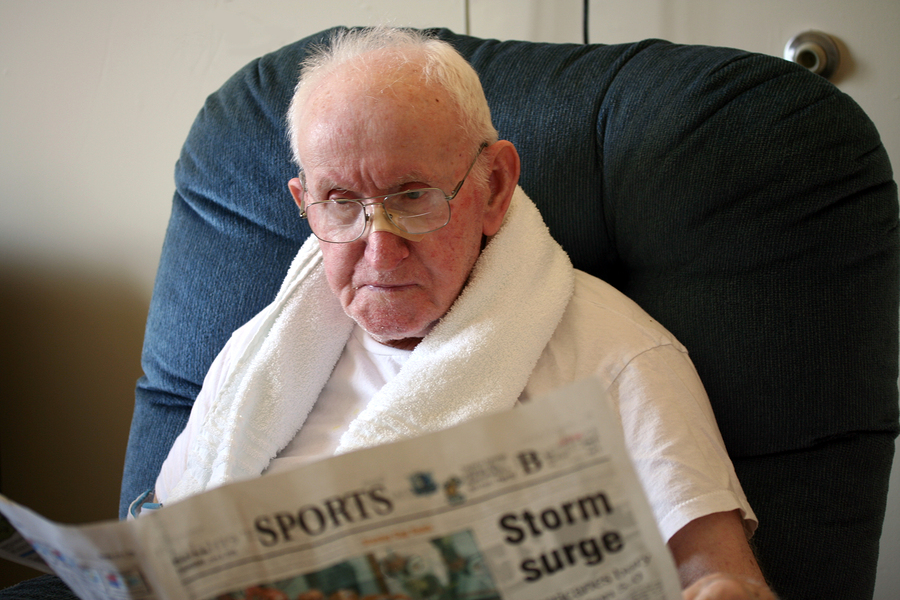What is Kennedy’s Disease?
Many people have never heard of Kennedy’s disease, perhaps not even by its other names, including spinal bulbar muscular atrophy, Kennedy’s syndrome, and SBMA. Therefore, when a family member is diagnosed with the disease, you may have no idea what to do for them or how to proceed. Learning about the disease can put your mind more at ease and help you to determine how to help.

Caregiver in Westfield IN: Kennedy’s Disease
General Information
Kennedy’s disease is a hereditary disease that affects the nervous system. Most people experience their first symptoms of Kennedy’s disease between the ages of 40 and 60. The disease impacts the nerves that are needed for movement, affecting the person’s ability to move their arms and legs. In addition, it affects the bulbar muscles, which are the muscles responsible for controlling breathing, talking, and swallowing.
Kennedy’s disease is caused by a defect in the X chromosome. Women have two X chromosomes while men have only one. As a result, men are usually more severely impacted by the disease. That’s because a woman’s second X chromosome makes up for the deficiencies in the other chromosome.
Kennedy’s disease is a progressive disease, which means its symptoms worsen as time goes on. However, most people with the disease live a lifespan that is close to normal.
Symptoms of Kennedy’s Disease
There are three kinds of symptoms caused by Kennedy’s disease, neurological, muscular, and endocrine-related.
Neurological symptoms include:
- Weakness in tongue and mouth muscles, causing problems with speech and swallowing.
- Trouble breathing, which can make speech sound breathy.
- Numbness.
- Hand tremors.
Muscular symptoms include:
- Muscle twitches.
- Muscle cramps.
- Calf size enlarges because of muscle cramps.
- Loss of muscle tissue.
Endocrine-related symptoms include:
- Erectile dysfunction.
- Breast enlargement in men.
- Impotence.
- Shrinking and loss of function in testicles.
How is Kennedy’s Disease Treated?
Although there is no cure for Kennedy’s disease, there are treatments that can make it easier to live with. Treatment usually involves a combination of physical, occupational, and speech therapies. Treatment focuses on helping the patient to maintain as much muscle function as they can. They allow the patient to continue doing as many of their normal activities as possible and retain more of their independence.
Home care can also assist your family member with Kennedy’s disease to stay independent despite their symptoms. A home care provider can help with household tasks that muscle weakness may make difficult, such as vacuuming and carrying laundry baskets. Home care providers can also drive your relative to their therapy appointments. In addition, a home care provider can be an excellent source of support and comfort when living with a chronic disease gets difficult.
If you or an aging loved-one are considering hiring a Caregiver in Westfield, IN, please call the caring staff at Home Services Unlimited. Serving Greater Indianapolis Area. Call for Immediate Info & Assistance: (317) 471-0760
Sources
Verywellhealth.com
Kennedysdisease.org
Als.ca
- Home Care Differences Between Grooming and Hygiene - April 24, 2023
- 4 Senior Home Care Tips to Get Out of a Food Rut - April 13, 2023
- Elder Care Tips For Managing Senior Stress - March 21, 2023
